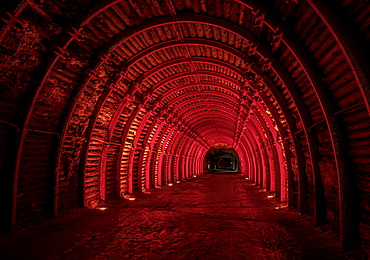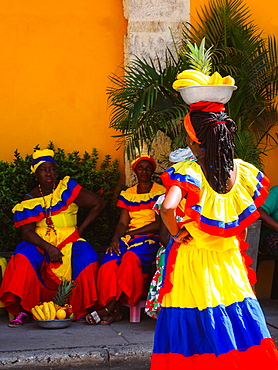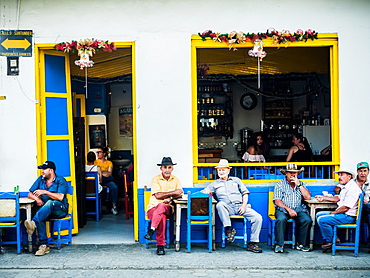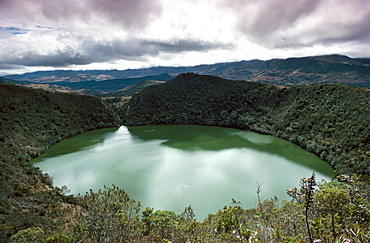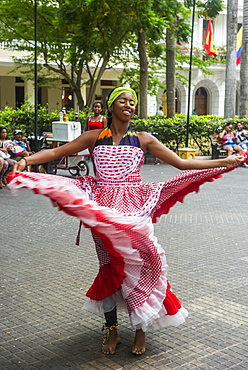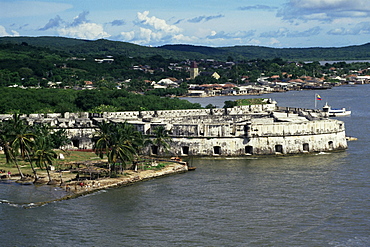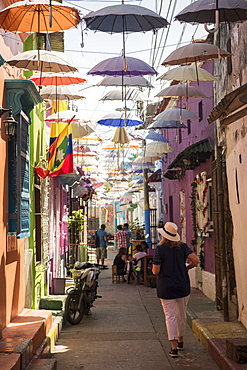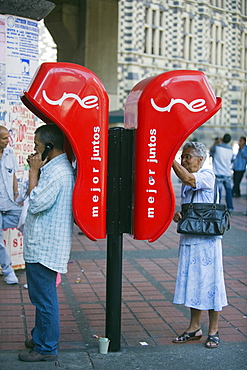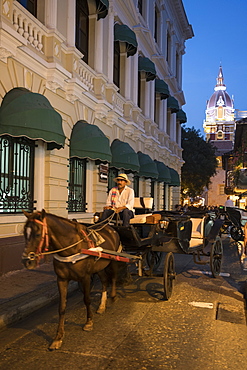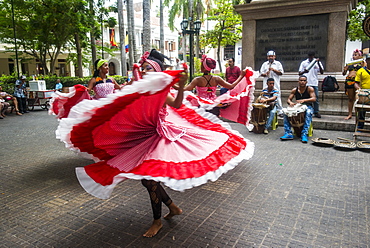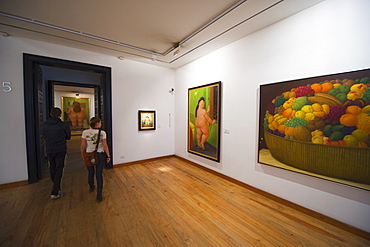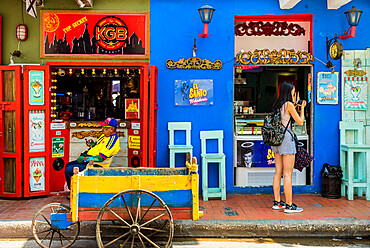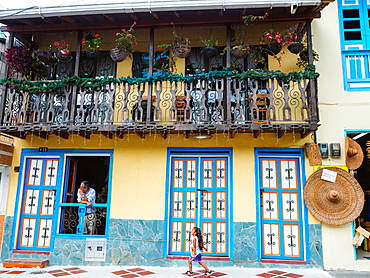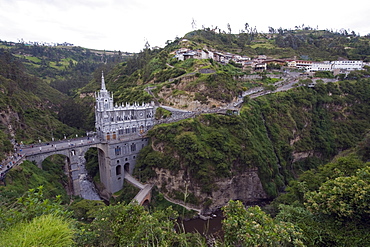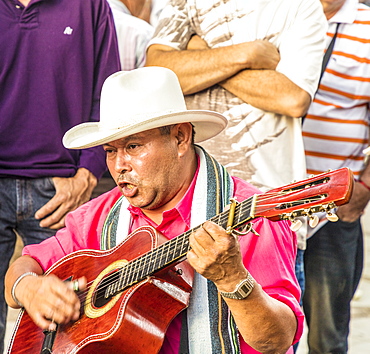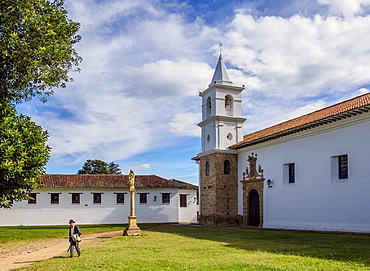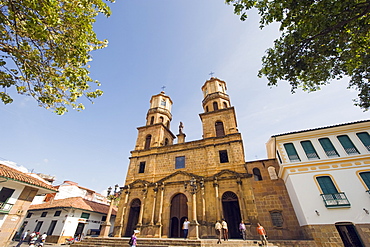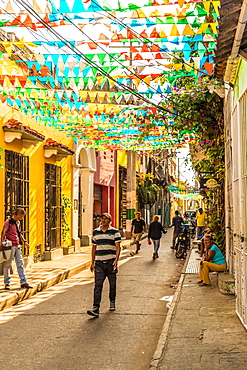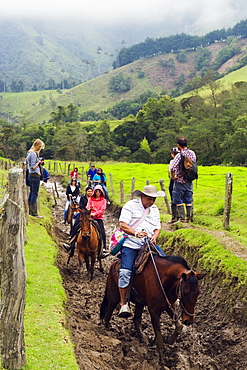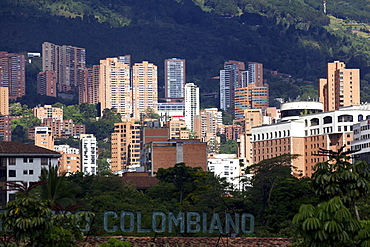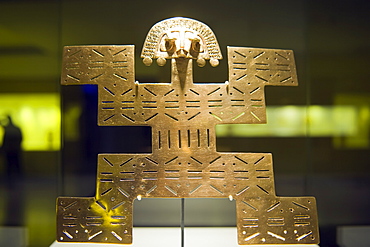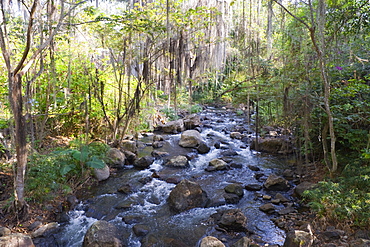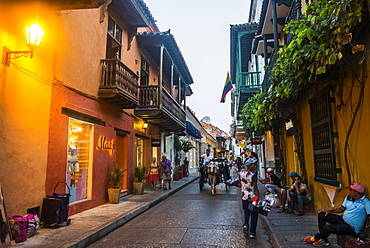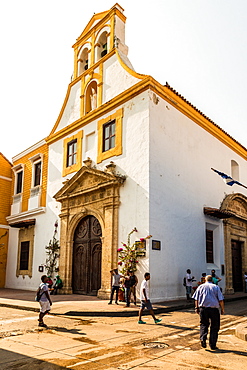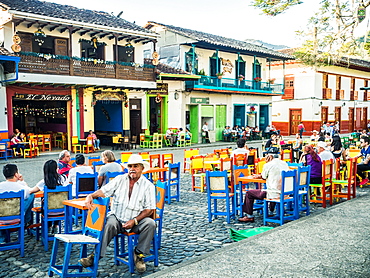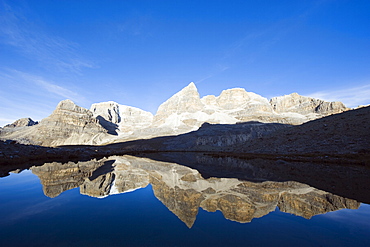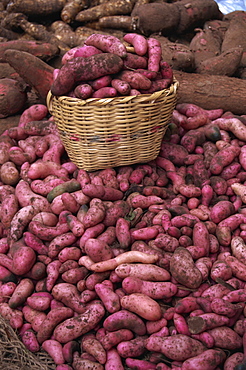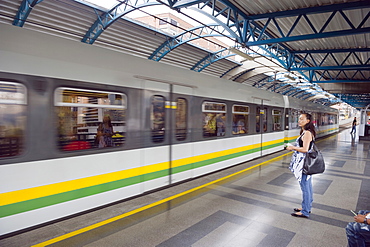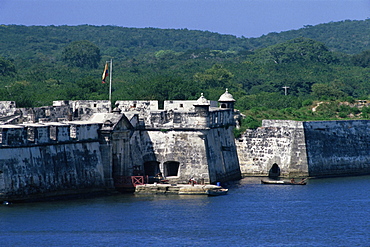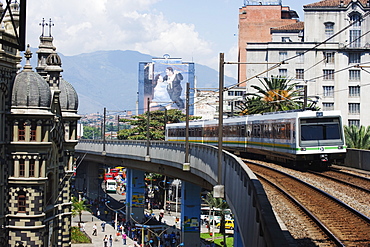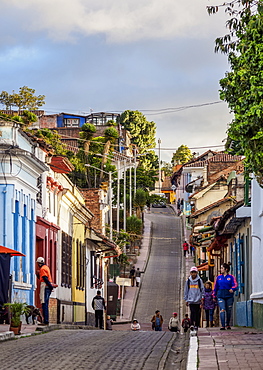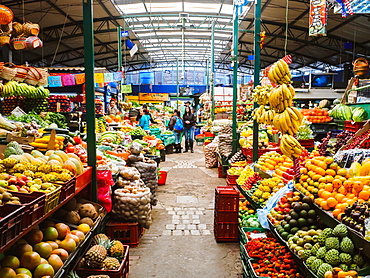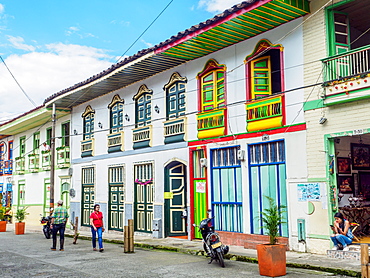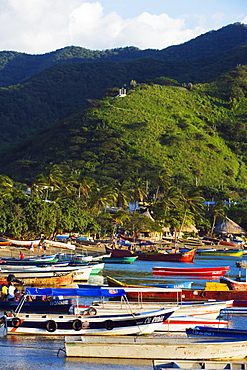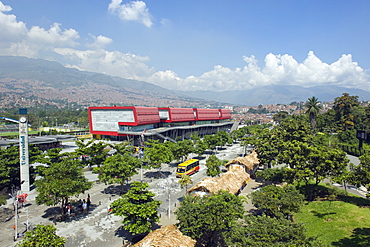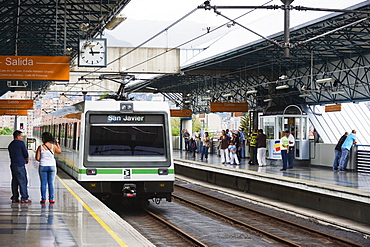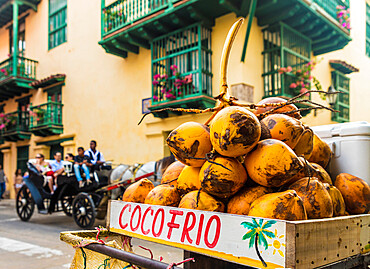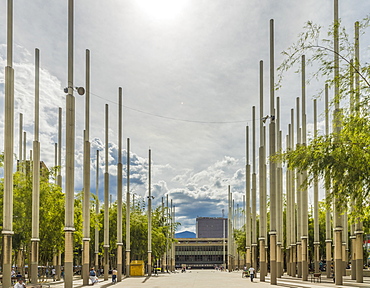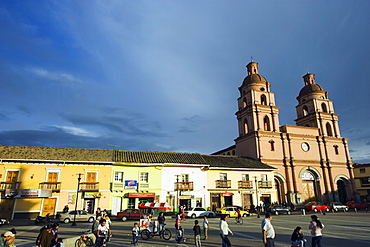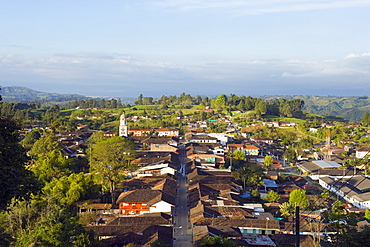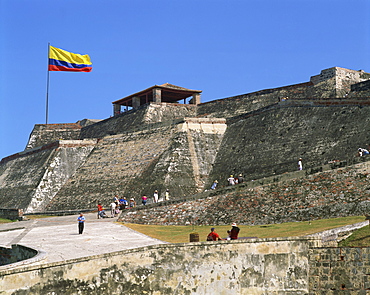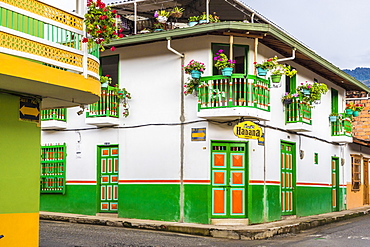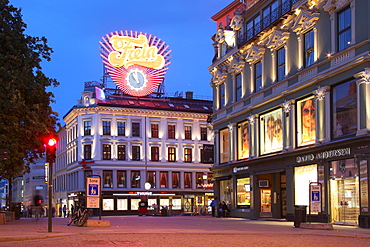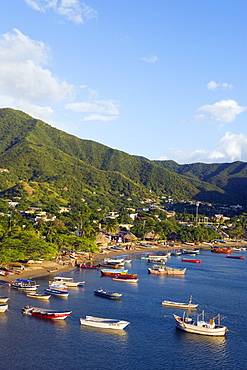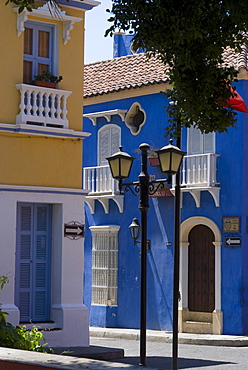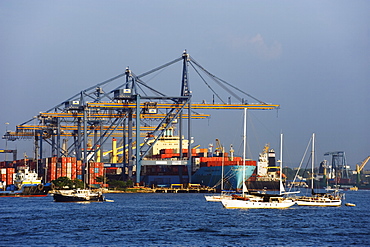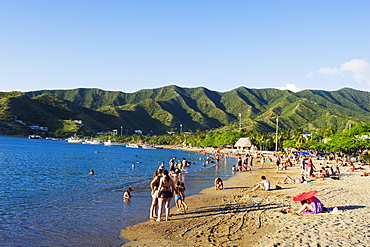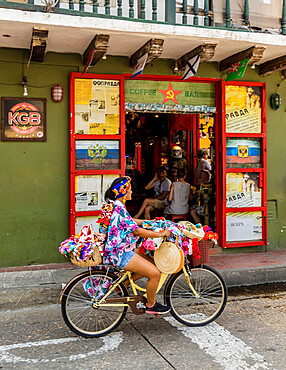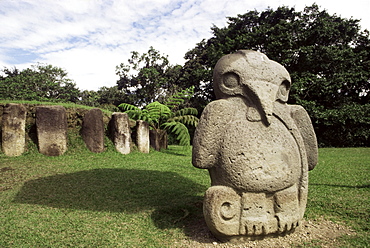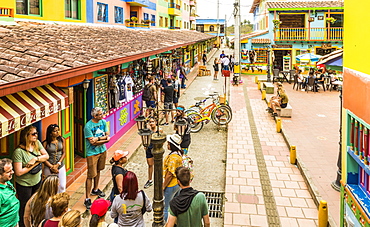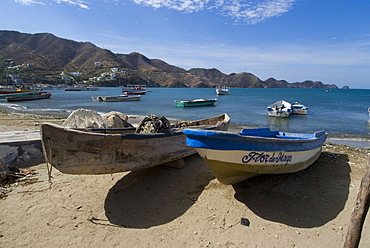Results
« Previous 1 … 6 7 8
780 results found

Brightly painted chivas, common transport in rural Antioquia, Jardin, Antioquia, Colombia, South America
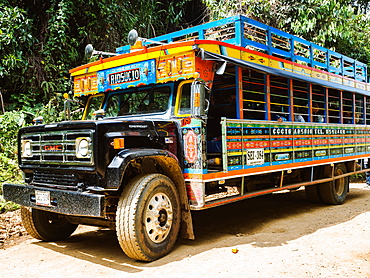
Brightly painted chivas, common transport in rural Antioquia, near Jardin, Antioquia, Colombia, South America

Showing how coffee beans are dried in the sun, Recuca Coffee Plantation, near Armenia, Colombia, South America
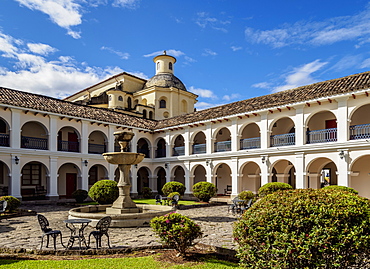
Hotel Dann Monasterio, former Saint Francis Monastery, Popayan, Cauca Department, Colombia, South America
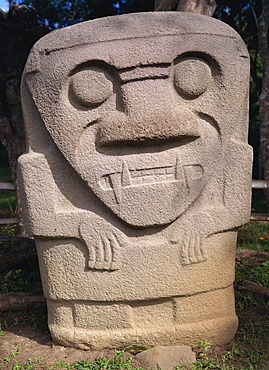
Close-up of statue with sharp teeth in the Archaeological Park at San Augustin in southwest Colombia, South America

Ancient Observatory of the Muisca built by pre-Columbian indigenous people, near Villa de Leyva, Colombia, South America
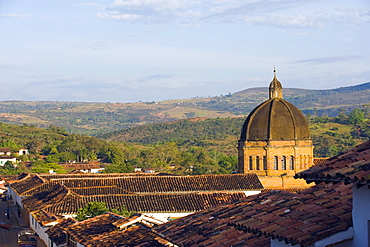
Catedral de la Inmaculada Concepcion (Cathedral of the Immaculate Conception), Barichara, Colombia, South America

Colorful flags, blue building, and fruit cart on a street corner in Getsemani barrio, Cartagena, Colombia, South America
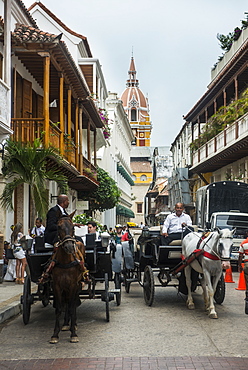
Horse cart with tourists in the old town, UNESCO World Heritage Site, Cartagena, Colombia, South America

Centro Comercial Palacio Nacional, former presidential palace turned commercial center, Medellin, Colombia, South America
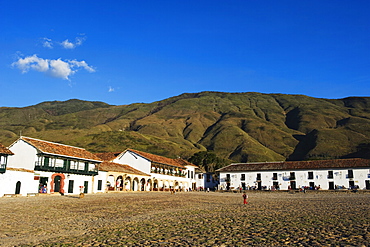
Plaza Mayor, largest public square in Colombia, colonial town of Villa de Leyva, Colombia, South America
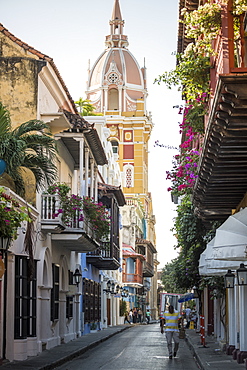
Colonial architecture in the Old City, UNESCO World Heritage Site, Cartagena, Bolivar Department, Colombia, South America

Od Town city wall and Puerto del Reloj, UNESCO World Heritage Site, Cartagena, Colombia, South America
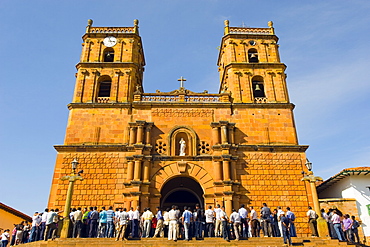
Congregation at Catedral de la Inmaculada Concepcion (Cathedral of the Immaculate Conception), Barichara, Colombia, South America
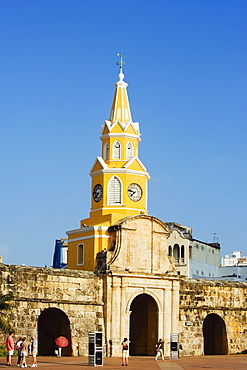
Od Town city wall and Puerto del Reloj, UNESCO World Heritage Site, Cartagena, Colombia, South America

Tourist in Museo de Arte Moderno de MedellÔæín, Modern Art Gallery, Medellin, Colombia, South America
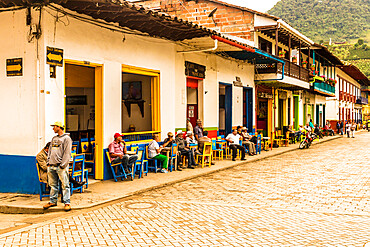
Local people socialising on the main square, with its preserved, colourful, colonial buildings, Jardin, Colombia, South America

A typically colourful street with buildings covered in traditional local tiles in the picturesque town of Guatape, Colombia, South America
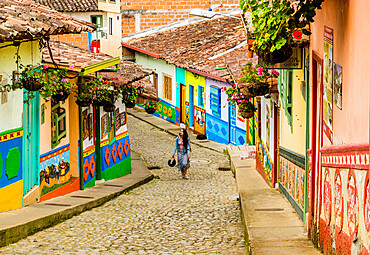
A typically colourful street with buildings covered in traditional local tiles in the picturesque town of Guatape, Colombia, South America

A local man walking past a typically colourful, preserved, colonial building, Jardin, Colombia, South America

A woman wearing colourful traditional clothing dancing, Cartagena de Indias, Colombia, South America

Wearing tree bark cloth masks and skirts, dancers representing fish spirits are invited during the season of the peach palm harvest to drink the juice. it is a feast and ritual exchange: the host group offers the spirits large quantities of peach palm juice, smoked meat and fish, and shaman-blessed coca and snuff. the visitors are the costumed dancers impersonating animal spirits. people eat the meat and fish, animal spirits receive the fruits of peach palm, which are cultivated, harvested, and processed by humans. this exchange expresses the idea that people and animals depend on each other for survival and reproduction. vaupes basin, eastern colombia amazon, population: 600
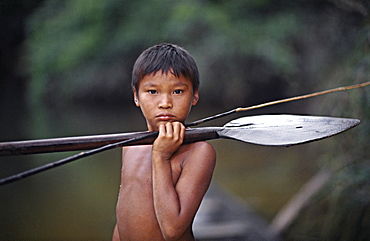
The idea of the interconnectedness of all things is central to the tribal way of looking at the world. practical knowledge of the environment, of crops and medicines, of hunting and fishing, is a byproduct of it. the makuna believe that human beings, animals, and all of nature are parts of the same one. animals and fish live in their own communities, which are just like human communities, with their chiefs, their shamans, their dance houses, their songs, and their material possessions. when human peoples dance in this world, the shaman invites the animal people to dance in theirs. if humans do not dance and shamans do not offer spirit food to the animal people, the animals will die out and there will be no more game left in the world. for the makuna the radical disjunction so characteristic of western thought between nature and culture, men and animals, dissolves. eastern colombia amazon, vaupes region, population: 600
